

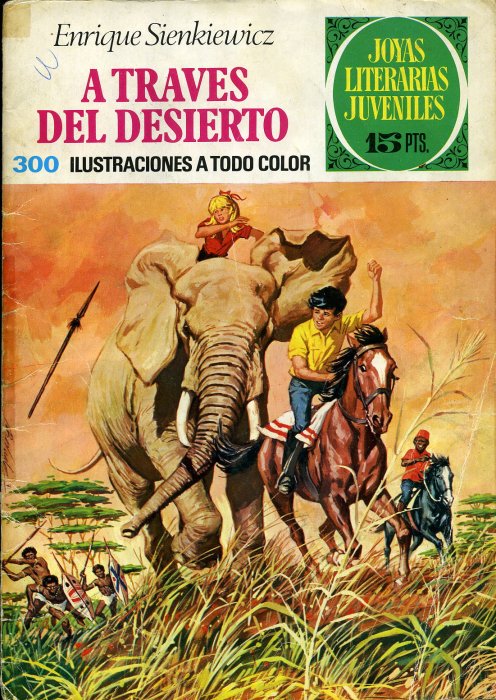
Books in series

Miguel Strogoff
1970

El pirata
1970

A través del desierto
1971
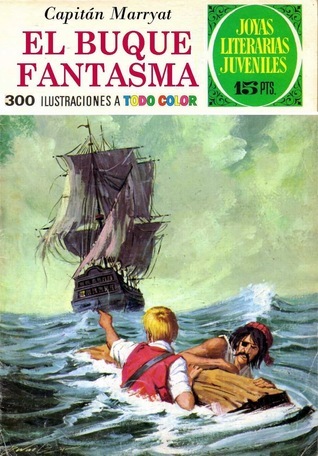
El buque fantasma
1971
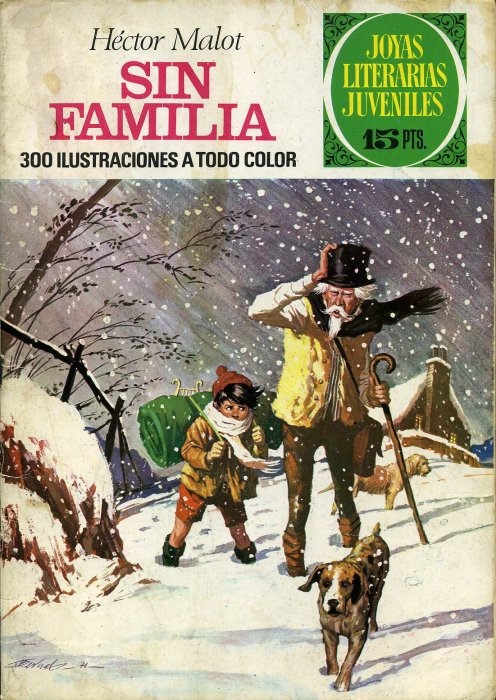
Sin familia
1971
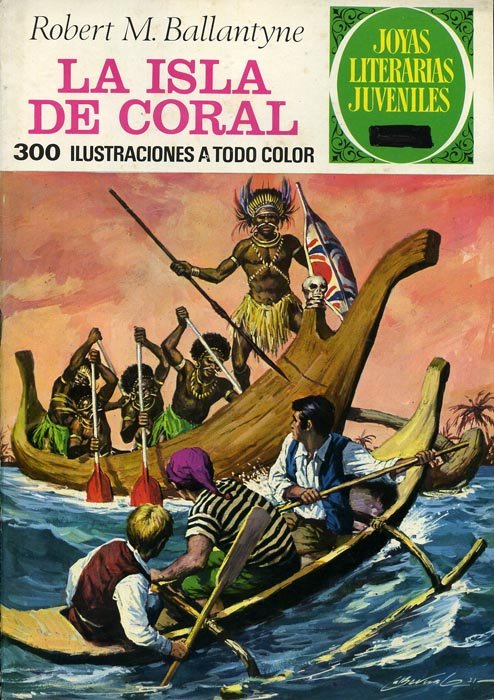
La Isla de Coral
1972

Lawrence de Arabia
1972
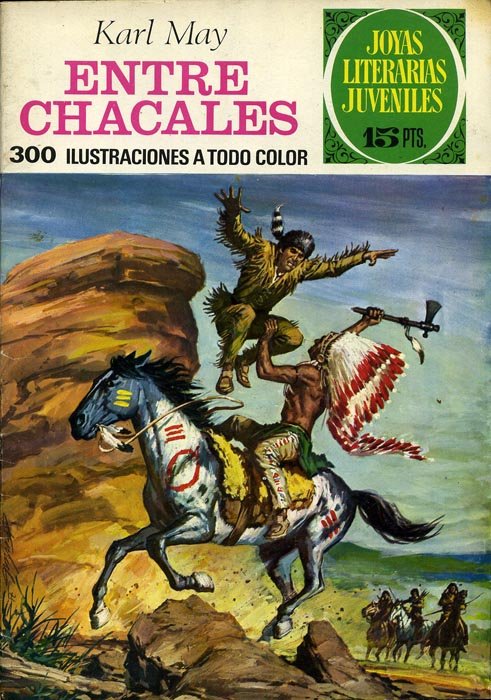
Entre Chacales
1972
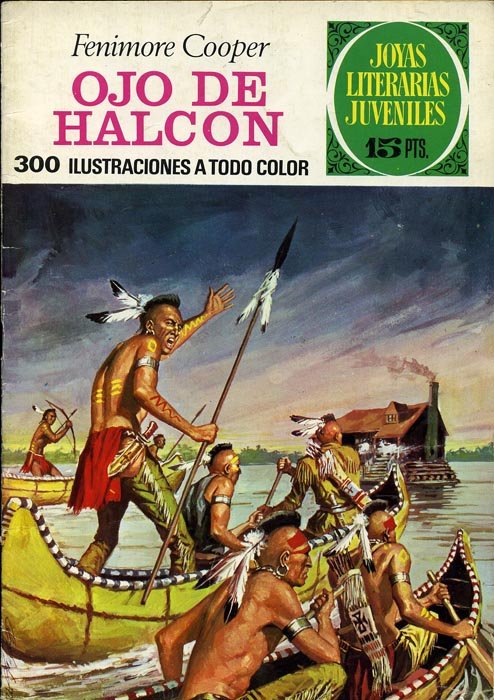
Ojo de Halcón
1972

Hacia el Zambesí
1972
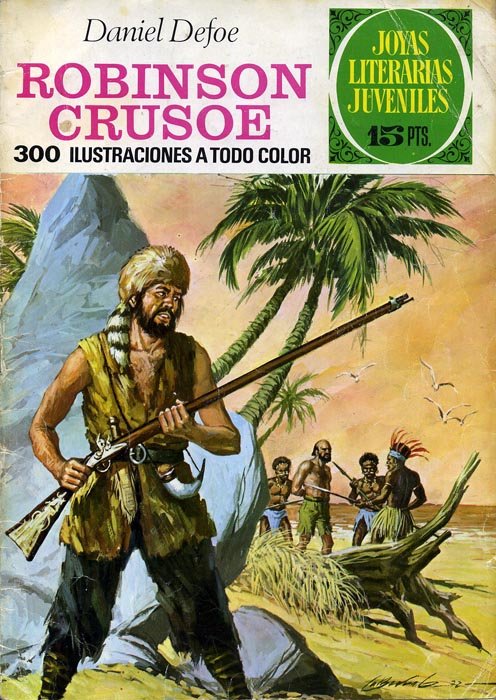
Robinson Crusoe
1972

El tesoro del Lago de la Plata
1972
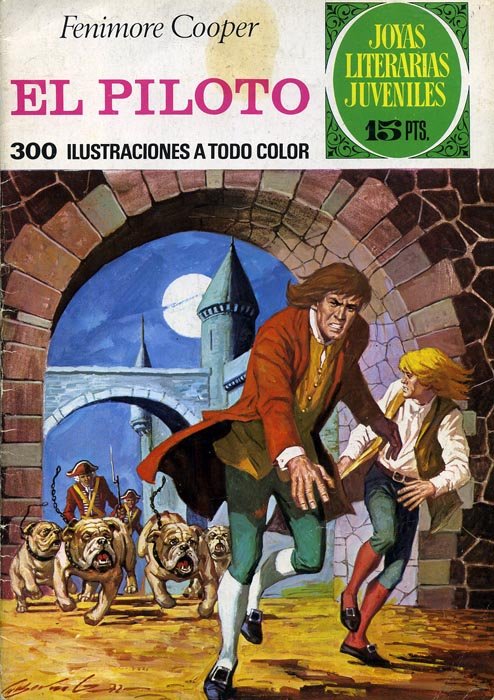
El Piloto
1972
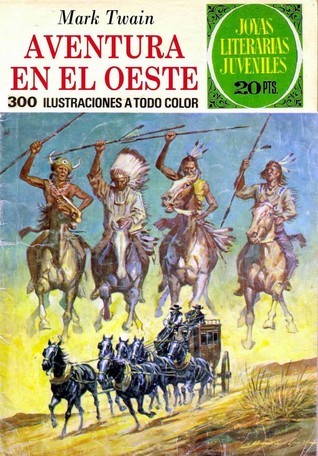
Aventura en el Oeste
1972
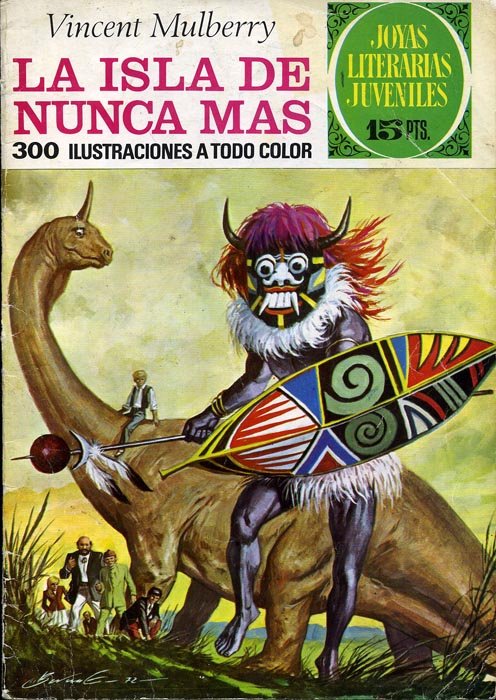
La isla de nunca mas
1972
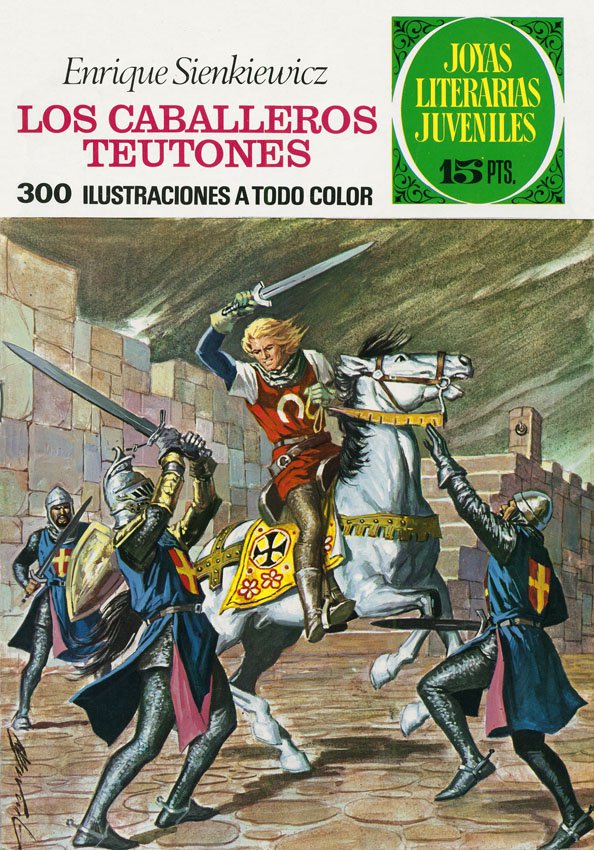
Los caballeros teutones
1972
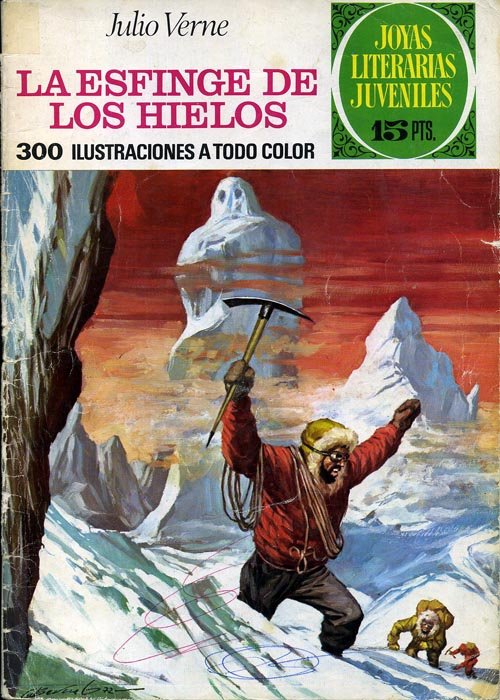
La esfinge de los hielos
1973

El León de Damasco
1973

Por un billete de lotería
1973
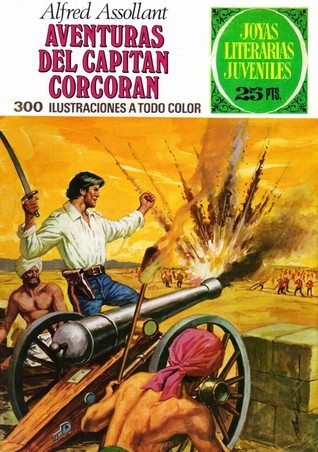
Aventuras del capitán Corcorán
1973
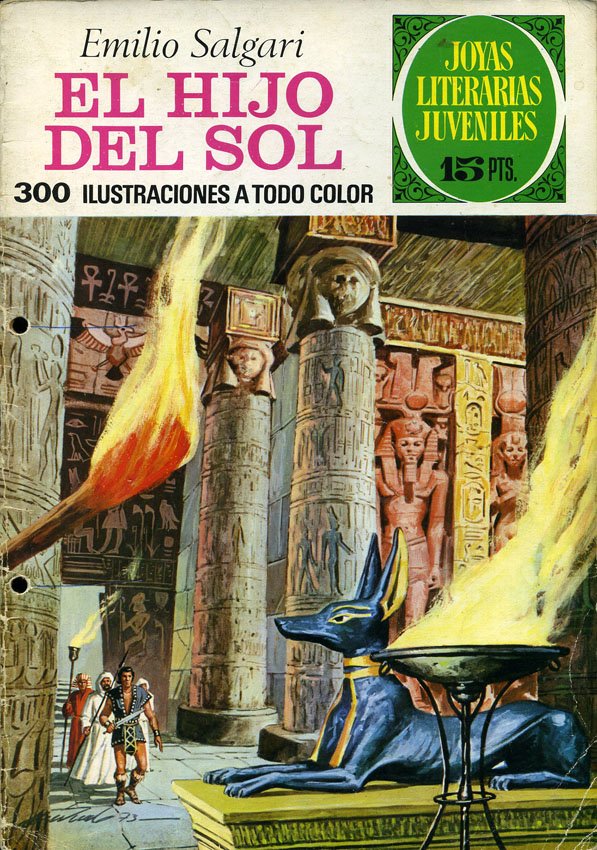
El hijo del sol
1973
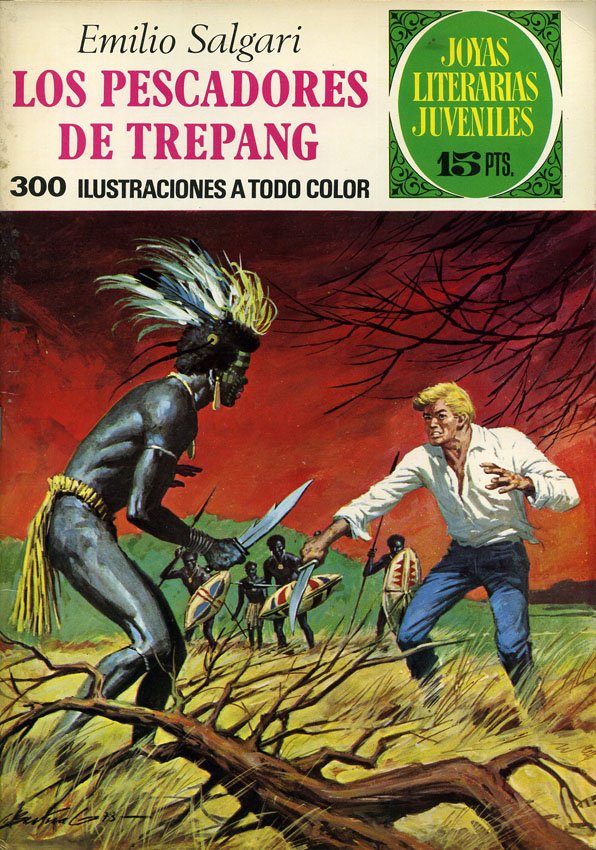
Los pescadores de Trepang
1973
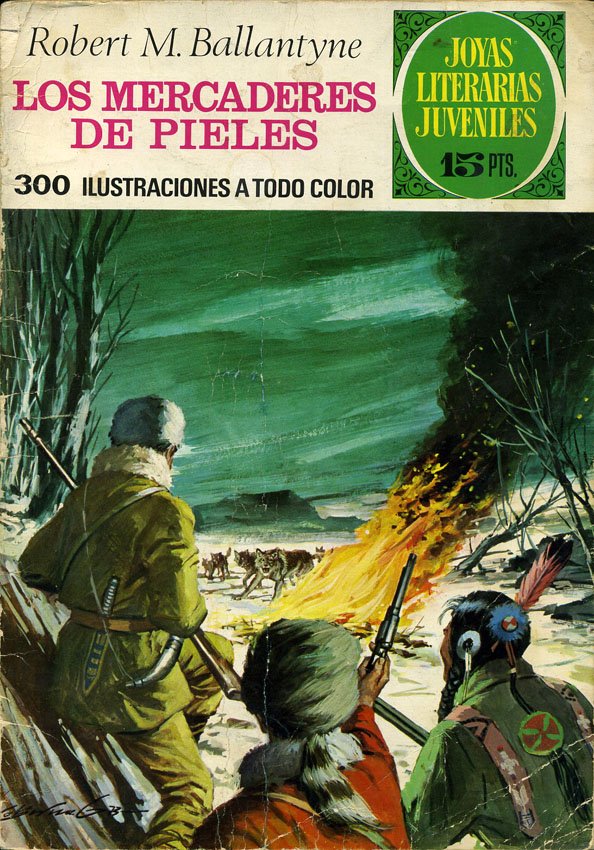
Los mercaderes de pieles
1973
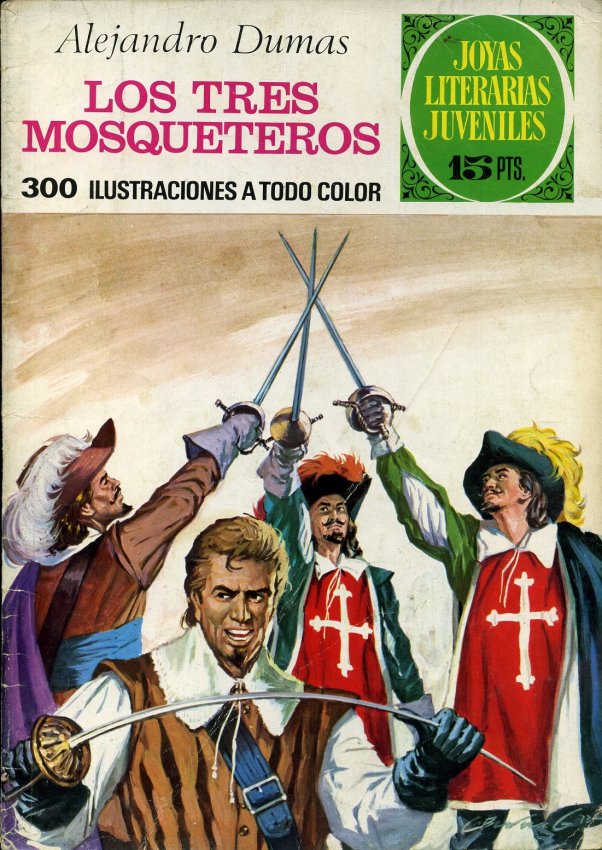
Los Tres Mosqueteros
1974
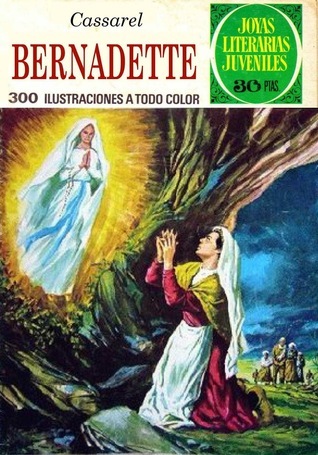
Bernadette
1977
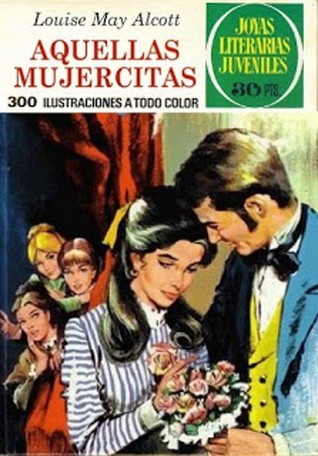
Aquellas mujercitas
1975
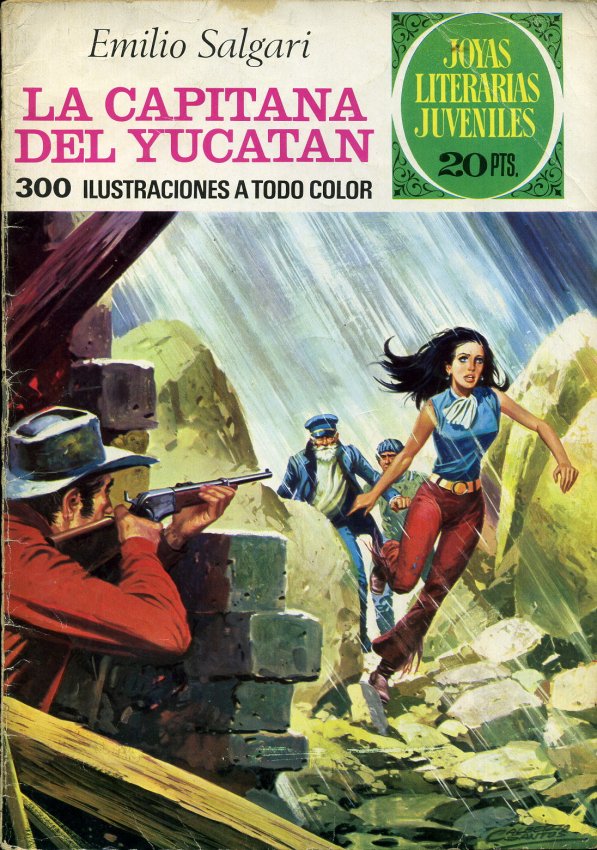
La Capitana del Yucatán
1975
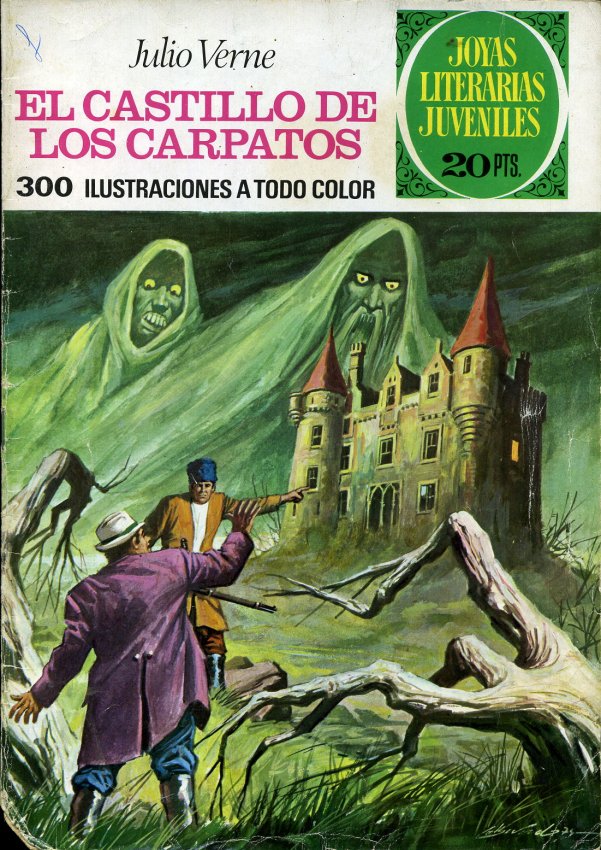
El Castillo de los Cárpatos
1975
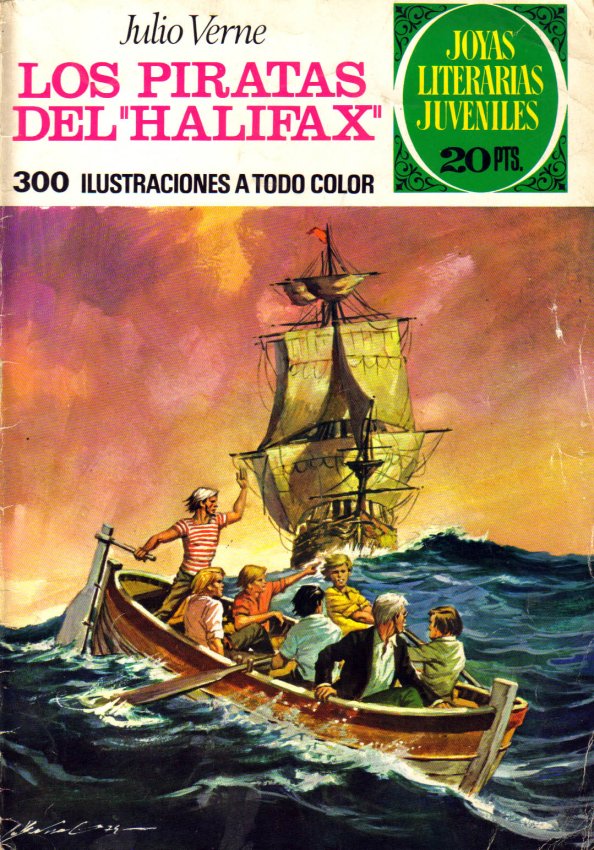
Los Piratas del "Halifax"
1975
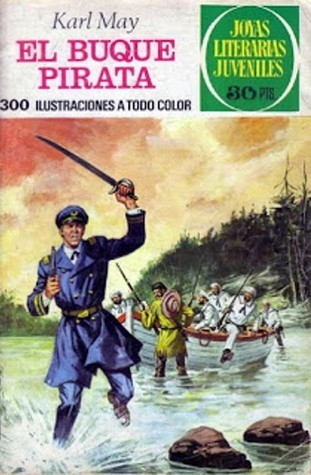
El buque pirata
1975

Alicia en el país de las maravillas
1975
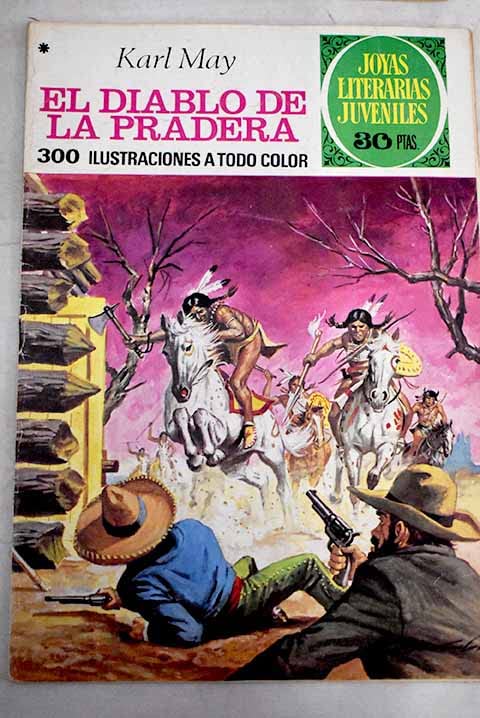
El diablo de la pradera
1975
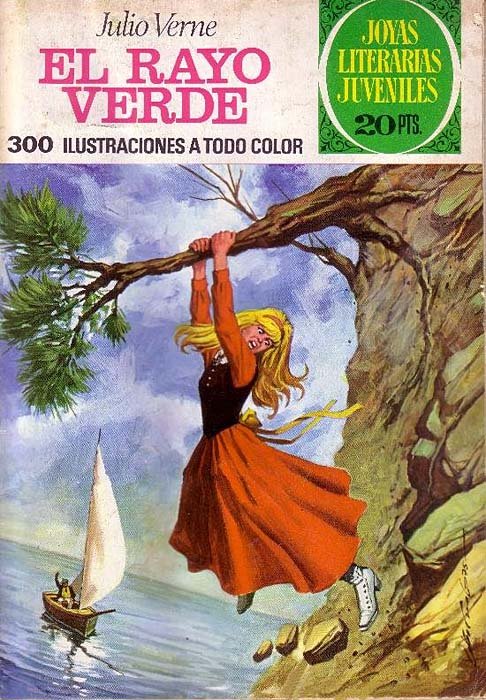
El Rayo Verde
1975
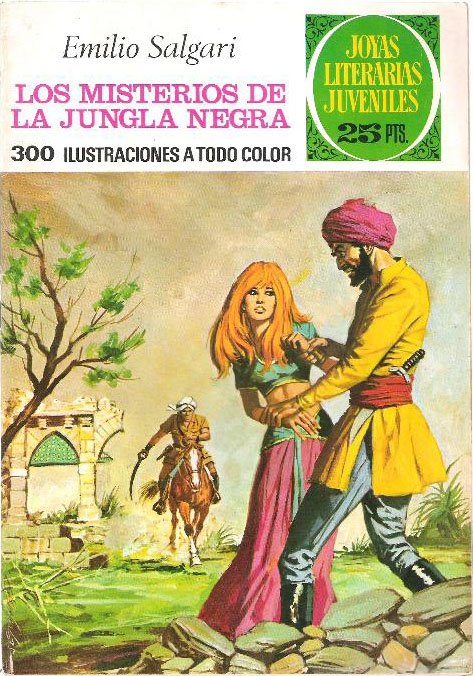
Los Misterios de la Jungla Negra
1975
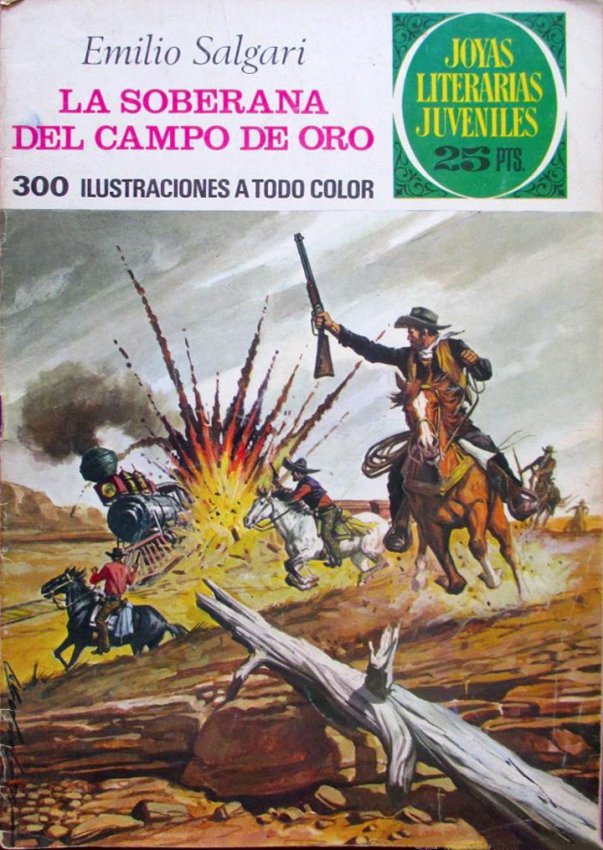
La soberana del campo de Oro
1976
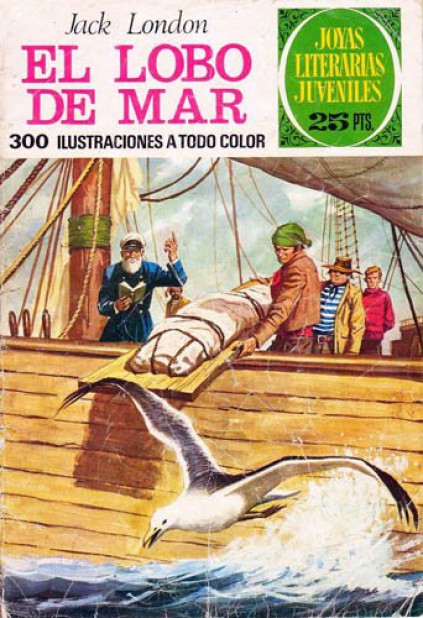
El lobo del mar
1976

Las Minas del Rey Salomón
1976
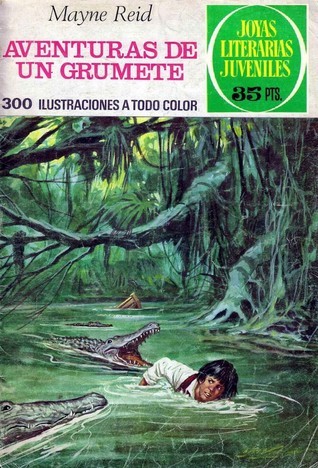
Aventuras de un grumete
1976
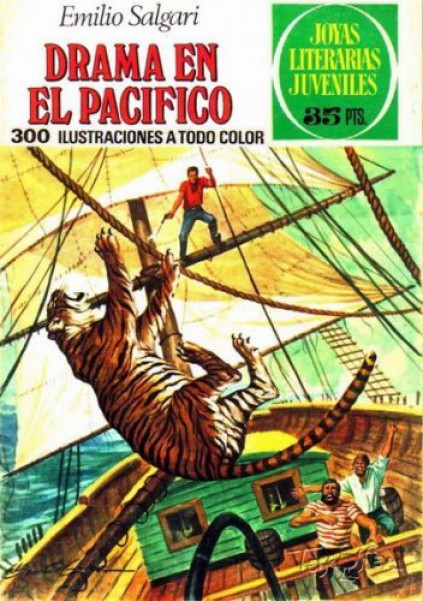
Drama en el Pacífico
1976
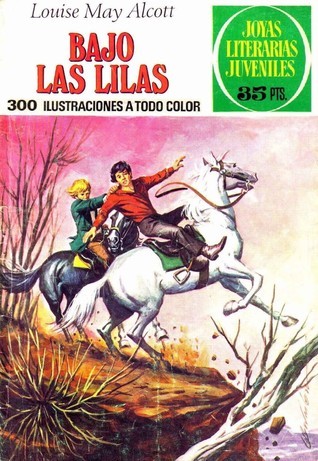
Bajo las lilas
1978
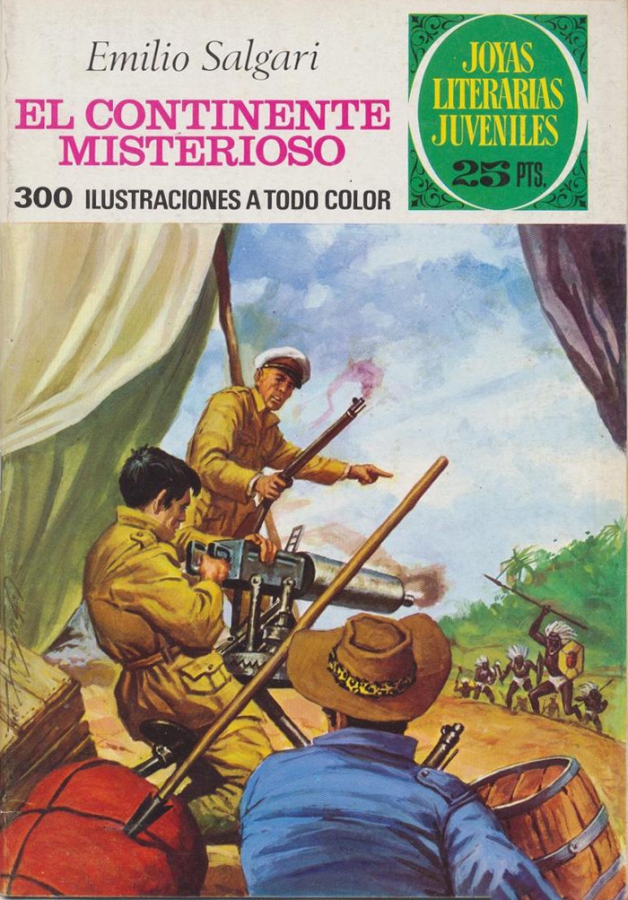
El continente misterioso
1977
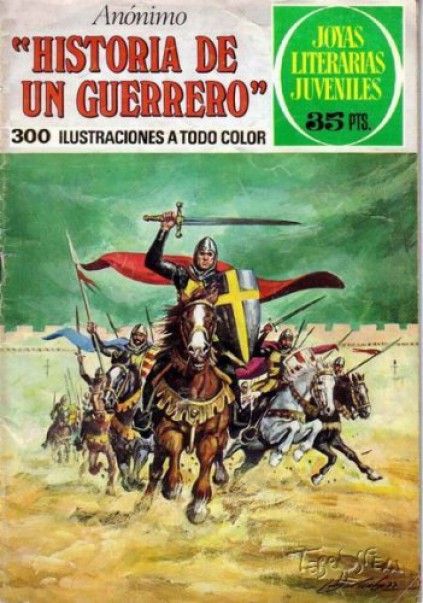
Historia de un Guerrero
1977
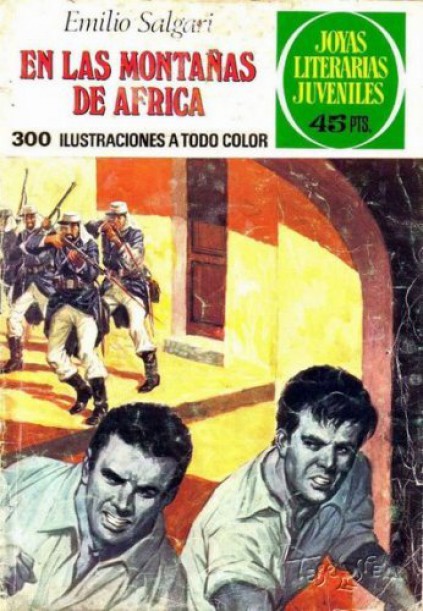
En las montañas de África
1977
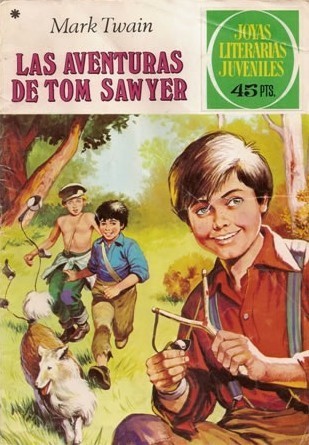
Las aventuras de Tom Sawyer
1981
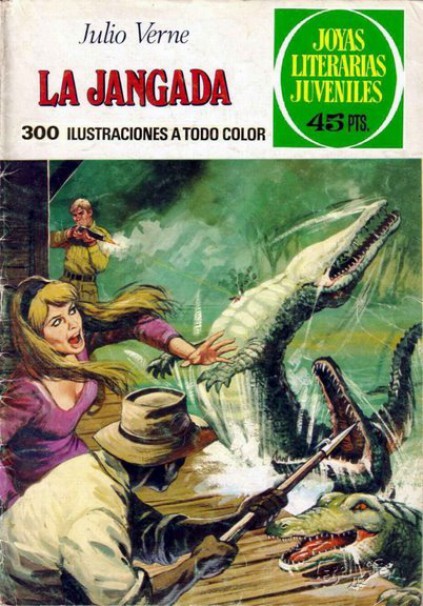
La jangada
1978
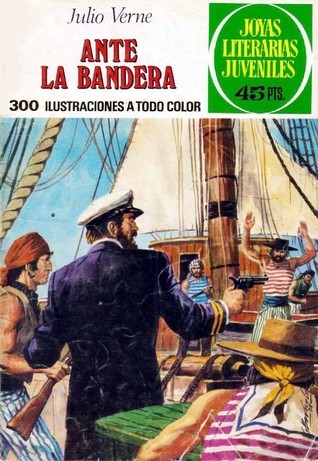
Ante la bandera
1978
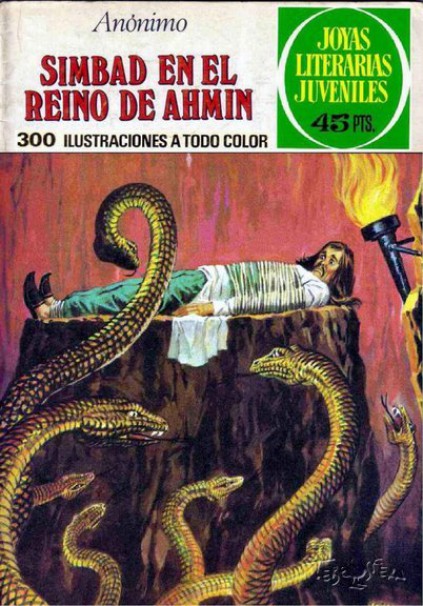
Simbad en el Reino de Ahmin
1978
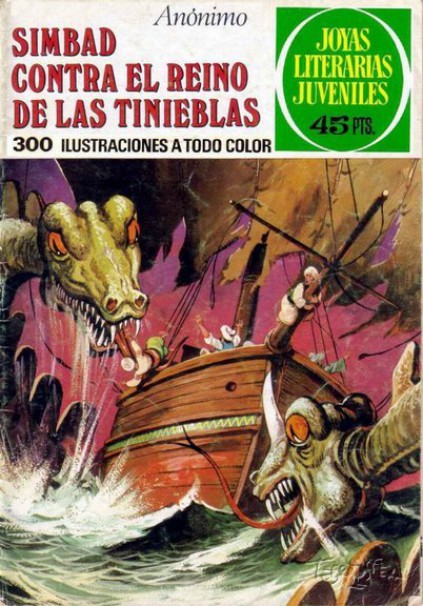
Simbad contra el reino de las tinieblas
1979

El piloto del Danubio
1979
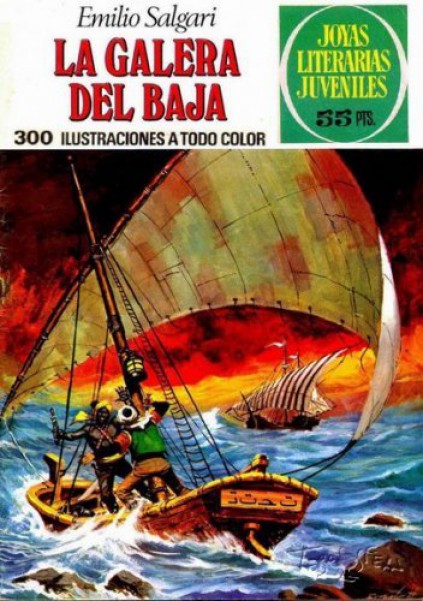
La Galera del Bajá
1979
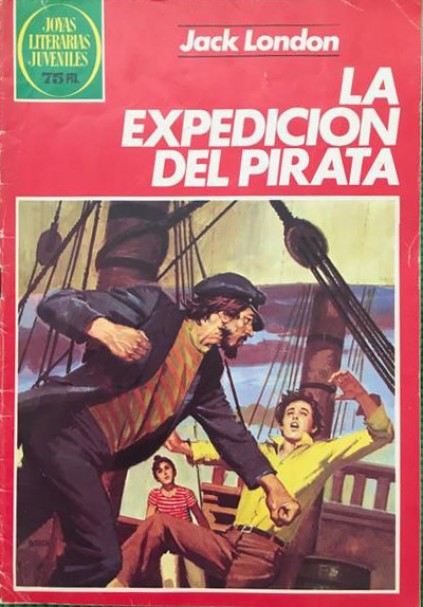
La expedición del pirata
1982
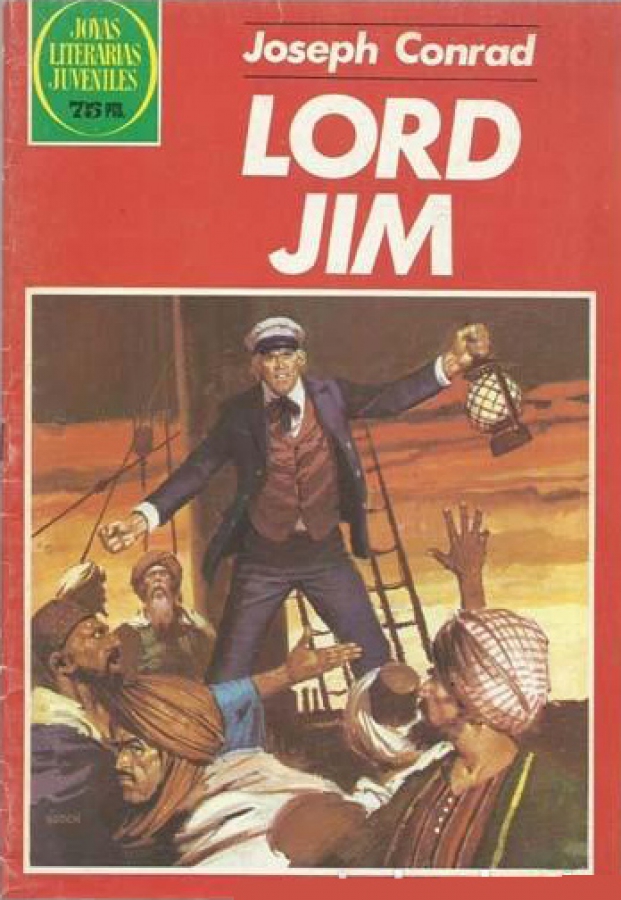
Lord Jim
1982
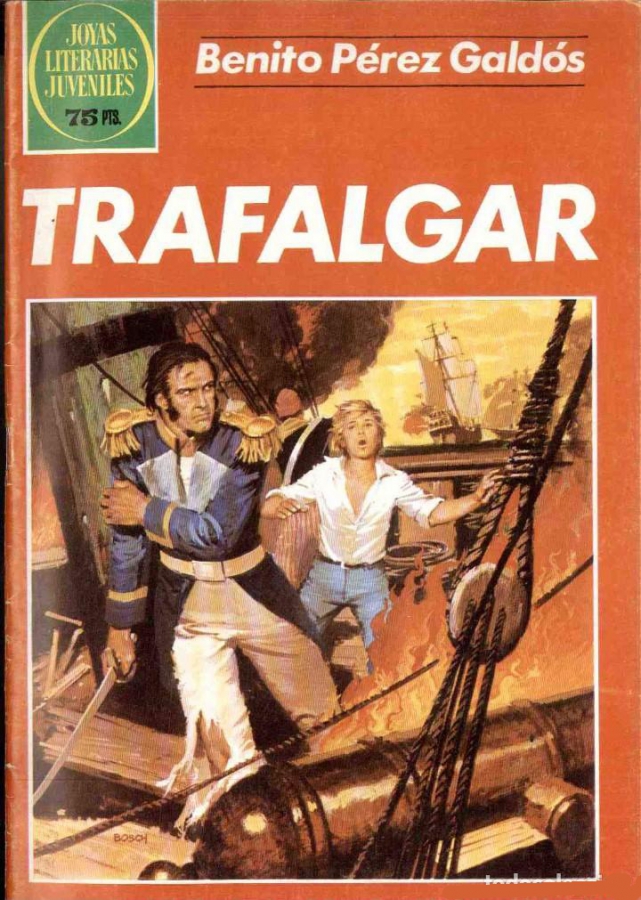
Trafalgar
1982
Authors

People know Spanish writer Benito Pérez Galdós especially for his Episodios Nacionales (1873-1912), a series of 46 historical novels. Benito Pérez Galdós was a Spanish realist novelist. Some authorities consider him second only to Cervantes in stature as a Spanish novelist. He was the leading literary figure in 19th century Spain. Galdós was a prolific writer, publishing 31 novels, 46 Episodios Nacionales (National Episodes), 23 plays, and the equivalent of 20 volumes of shorter fiction, journalism and other writings. He remains popular in Spain, and galdosistas (Galdós researchers) considered him Spain's equal to Dickens, Balzac and Tolstoy. As recently as 1950, few of his works were available translated to English, although he has slowly become popular in the Anglophone world. While his plays are generally considered to be less successful than his novels, Realidad (1892) is important in the history of realism in the Spanish theatre.

People best know American writer Louisa May Alcott for Little Women (1868), her largely autobiographical novel. As A.M. Barnard: Behind a Mask, or a Woman's Power (1866) The Abbot's Ghost, or Maurice Treherne's Temptation (1867) A Long Fatal Love Chase (1866 – first published 1995) First published anonymously: A Modern Mephistopheles (1877) Philosopher-teacher Amos Bronson Alcott, educated his four daughters, Anna, Louisa, Elizabeth and May and Abigail May, wife of Amos, reared them on her practical Christianity. Louisa spent her childhood in Boston and Concord, Massachusetts, where visits to library of Ralph Waldo Emerson, excursions into nature with Henry David Thoreau, and theatricals in the barn at Hillside (now "Wayside") of Nathaniel Hawthorne enlightened her days. Like Jo March, her character in Little Women, young Louisa, a tomboy, claimed: "No boy could be my friend till I had beaten him in a race, ... and no girl if she refused to climb trees, leap fences...." Louisa wrote early with a passion. She and her sisters often acted out her melodramatic stories of her rich imagination for friends. Louisa preferred to play the "lurid" parts in these plays, "the villains, ghosts, bandits, and disdainful queens." At 15 years of age in 1847, the poverty that plagued her family troubled her, who vowed: "I will do something by and by. Don’t care what, teach, sew, act, write, anything to help the family; and I’ll be rich and famous and happy before I die, see if I won’t!" Confronting a society that offered little opportunity to women, seeking employment, Louisa determined "...I will make a battering-ram of my head and make my way through this rough and tumble world." Whether as a teacher, seamstress, governess, or household servant, Louisa ably found work for many years. Career of Louisa as an author began with poetry and short stories in popular magazines. In 1854, people published Flower Fables, her first book, at 22 years of age. From her post as a nurse in Washington, District of Columbia, during the Civil War, she wrote home letters that based Hospital Sketches (1863), a milestone along her literary path. Thomas Niles, a publisher in Boston, asked 35-year-old Louisa in 1867 to write "a book for girls." She wrote Little Women at Orchard House from May to July 1868. Louisa and her sisters came of age in the novel, set in New England during Civil War. From her own individuality, Jo March, the first such American juvenile heroine, acted as a living, breathing person rather than the idealized stereotype that then prevailed in fiction of children. Louisa published more than thirty books and collections of stories. Only two days after her father predeceased her, she died, and survivors buried her body in Sleepy Hollow cemetery in Concord.